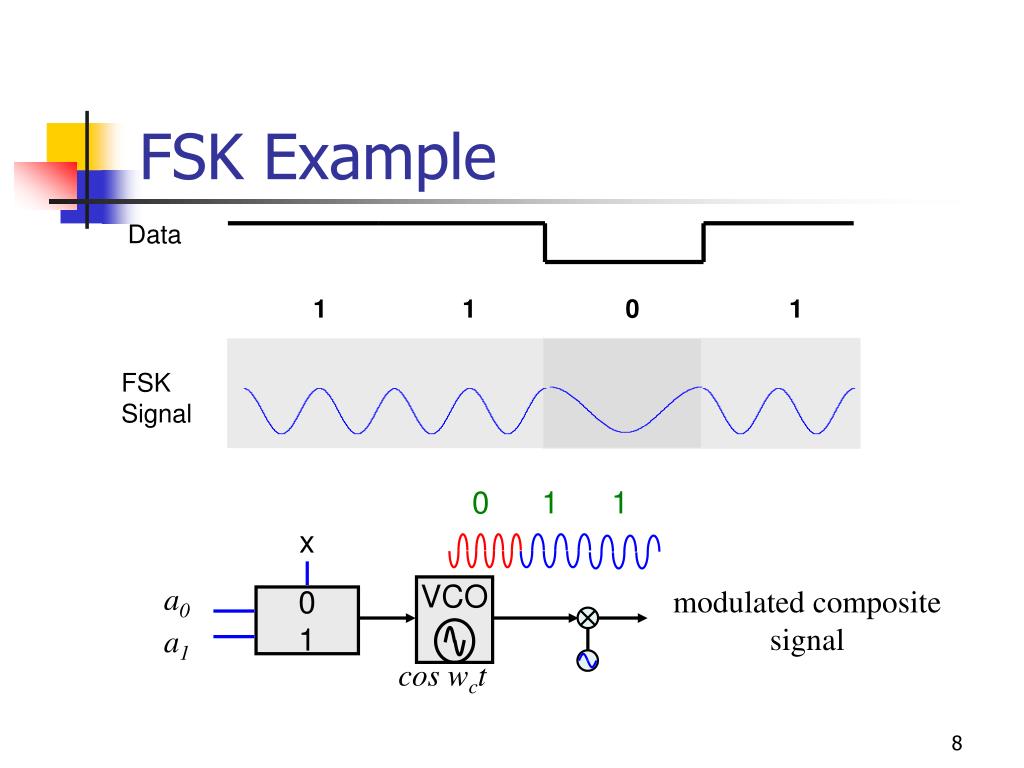

This work shows that serial pain tasks can be used for functional magnetic resonance imaging studies using electrical nerve stimulation as a stimulus, as long as sufficient time is allowed between the two tasks. Highly significant signal decay was found to exist across each single pain task, but the signal was found to be restored after a 4-min rest period. Significant differences between pain and tingling were found in the ipsilateral cerebellum, contralateral thalamus, secondary somatosensory cortex, primary somatosensory cortex, and anterior cingulate cortex. The time courses of individual voxels were further investigated by analysis of variance with P values of less than 0.05. The average group maps were analyzed by general linear modeling with corrected cluster P values of less than 0.05. Tasks included both tingling and pain induced by transcutaneous electrical stimulation of the median nerve. The characteristics of the brain activation of six subjects were determined using whole brain blood oxygenation level-dependent functional magnetic resonance imaging on a 1.5-T scanner. The signal decay across a task of four repeating pain stimulations and between two serial pain tasks separated by a 4-min interval was examined to determine whether signal attenuation may significantly confound pain investigations. The effect this may have on pain investigations using multiple tasks has not been investigated. The high values of the decay time (> 500 ps) far from k x 0 are due to the integration over all the spot area and over all the emitted energies: the intensity profile (not shown) for both 11.5 mW and 12.5 mW is strongly peaked in the parametric scattering region around the signal state at k x 0, while a much weaker and slower incoherent. S-E-A’s experience includes the evaluation of “yellow trap” scenarios, pedestrian issues, equipment malfunction, and issues involving traffic signals near railroad crossings.Several investigations into brain activation caused by pain have suggested that the multiple painful stimulations used in typical block designs may cause attenuation over time of the signal within activated areas. With years of relevant experience in acquiring and analyzing traffic signal information and providing expert witness testimony, S-E-A's electrical and civil engineers can assess every aspect of a system – from design to installation and maintenance – in order to determine what role a traffic signal system may have played in an accident. S-E-A employs traffic signal experts who have worked for major traffic signal equipment suppliers and are experienced in the installation, programming, commissioning and testing of a wide range of traffic signal equipment – ranging from traffic controllers and conflict monitors to vehicle detectors and signal heads.

Who had the right-of-way? For how long? At S-E-A, we rely on much more than the information readily available to the naked eye. Our understanding of traffic signal operation as well as applicable codes and standards can be an invaluable tool when it comes to evaluating the veracity of witness statements as they relate to an accident. Many times when accidents occur, we can only begin to understand why if we first untangle this web. State-of-the-art electronics, technicians and engineers with years of training, and codes/standards resulting from decades of research and experience all factor into which colors are displayed, and when.
Ivestigate the signal state of decay drivers#
And yet, the reality is that the underlying technology and programming behind the display of these three colors is far from simple.Īs drivers and passengers, we see the end result and do not appreciate the web of factors that comprise a properly operating traffic signal. We regularly depend on just three colors for the safe navigation of the world’s freeways, highways and suburban thoroughfares. For 2.9 nm QDs, owing to the smaller size, the conduction band edge is energetically higher due to quantum confinement the intraband relaxation occurs at a much faster timescale which is less than the pulse-width limit of our probe. When traffic lights display mixed signals, the results can be costly. The bleach signal at 598 nm shows multi-exponential decay kinetics (Fig. Traffic Signal Investigation Traffic Signal Accident Investigation


 0 kommentar(er)
0 kommentar(er)
